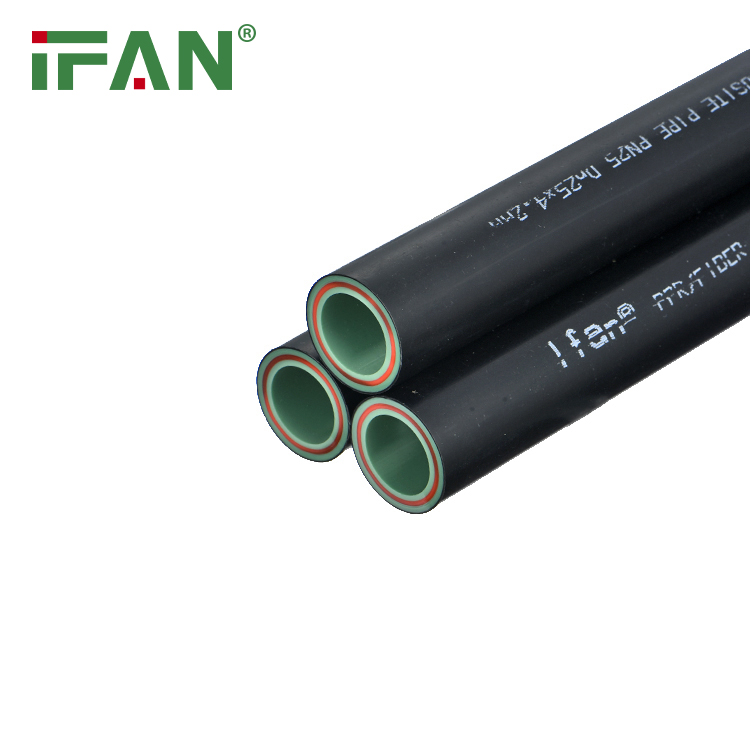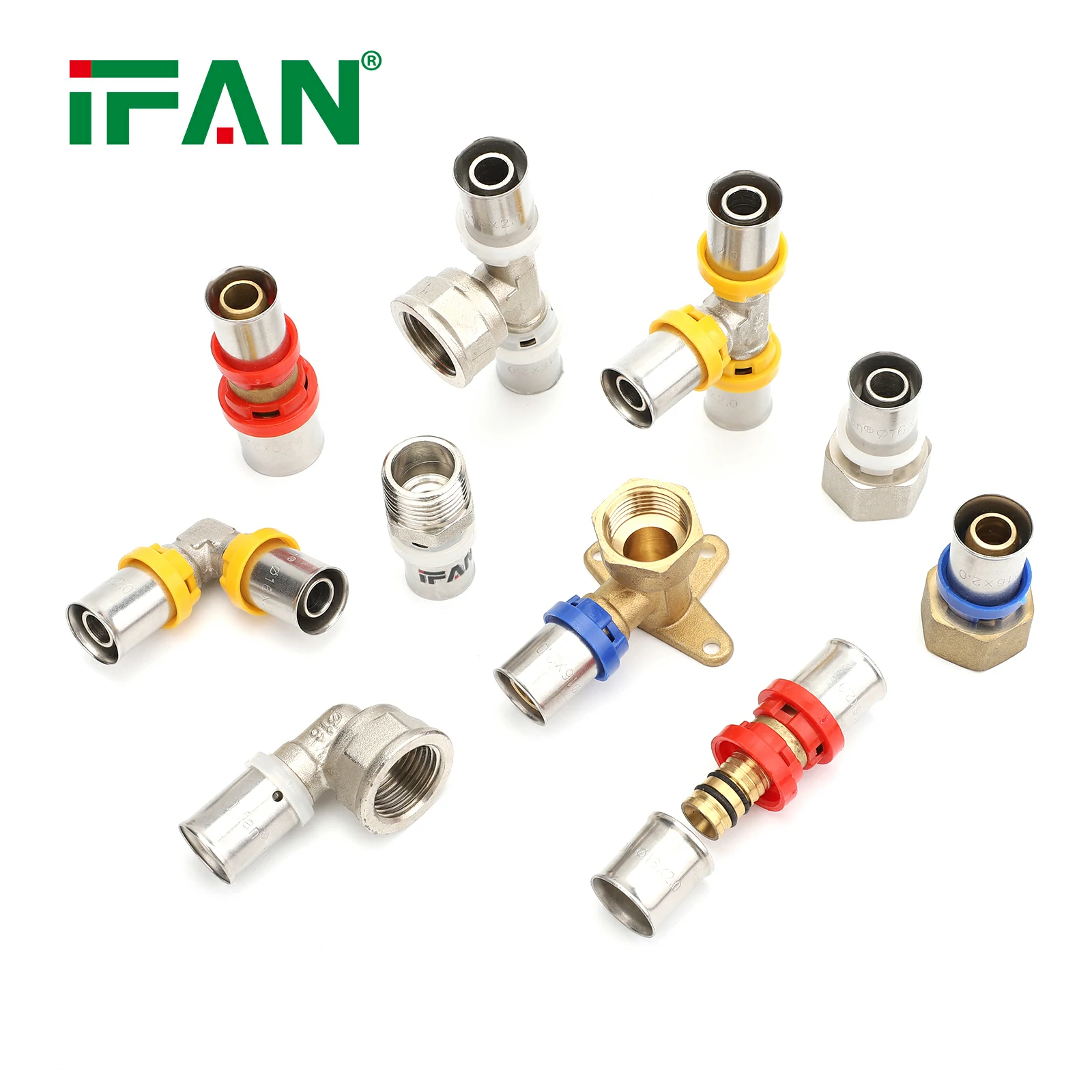PPR Fiberglass Pipes: A Sustainable Solution for Construction Projects
Introduction
In recent years, PPR (Polypropylene Random Copolymer) fiberglass pipes have gained recognition as a sustainable and reliable solution for construction projects. These pipes offer numerous advantages that contribute to both environmental and economic sustainability. In this article, we will explore the key reasons why PPR fiberglass pipes are considered a sustainable choice for construction projects. Let’s break down each section into separate headings.
1. Eco-Friendly Material
One of the primary reasons why PPR fiberglass pipes are considered sustainable is their eco-friendly composition. These pipes are made from polypropylene, a recyclable material that can be reused or repurposed at the end of its life cycle. The use of PPR fiberglass pipes reduces reliance on non-renewable resources and minimizes the environmental impact associated with traditional piping materials.
2. Energy Efficiency
PPR fiberglass pipes are known for their excellent thermal insulation properties. This insulation helps in maintaining the temperature of fluids being transported, reducing the need for additional energy consumption to heat or cool the water. The energy-efficient nature of PPR fiberglass pipes contributes to reduced energy consumption and lower greenhouse gas emissions, promoting sustainability in construction projects.
3. Durability and Longevity
PPR fiberglass pipes are highly durable and have a long lifespan compared to other piping materials. Their resistance to corrosion, impact, and wear ensures that they can withstand harsh environmental conditions and heavy usage. The longevity of PPR fiberglass pipes reduces the need for frequent replacements, minimizing waste generation and the associated environmental impact. This durability makes them a sustainable choice for construction projects.

4. Water Conservation
Construction projects often involve water distribution systems, and PPR fiberglass pipes are instrumental in promoting water conservation. These pipes have a smooth inner surface that reduces friction and turbulence, resulting in improved water flow efficiency. The efficient water distribution facilitated by PPR fiberglass pipes minimizes water wastage and ensures that water is used more effectively, contributing to sustainable water management in construction projects.
5. Reduced Maintenance and Repair
PPR fiberglass pipes require minimal maintenance and repair compared to other piping materials. Their resistance to corrosion, scaling, and chemical degradation reduces the need for frequent inspections, repairs, and replacements. This not only saves costs but also reduces the consumption of materials and energy associated with maintenance activities, making PPR fiberglass pipes a sustainable choice for construction projects.
6. Recyclability and Reusability
As mentioned earlier, PPR fiberglass pipes are made from recyclable materials. At the end of their life cycle, these pipes can be recycled and repurposed into new products, reducing the demand for virgin materials and minimizing waste generation. The recyclability and reusability of PPR fiberglass pipes contribute to the circular economy principles and promote sustainability in the construction industry.
Conclusion
PPR fiberglass pipes offer a sustainable solution for construction projects. Their eco-friendly composition, energy efficiency, durability, water conservation benefits, reduced maintenance and repair requirements, and recyclability make them a preferred choice for sustainable construction practices. By embracing PPR fiberglass pipes, construction projects can reduce their environmental footprint, promote resource conservation, and contribute to the long-term sustainability of the built environment.







